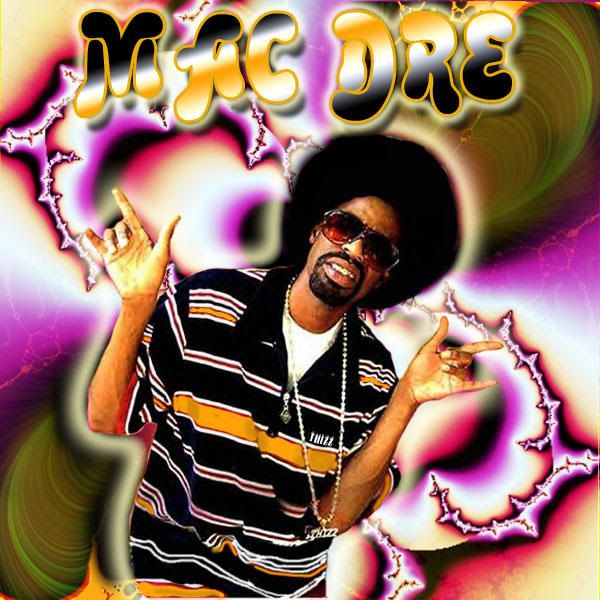This Faces Made for Radio podcast looks at the acoustic ecology movement and how it has developed since its original creation by the World Soundscape Project in the late Sixties. The podcast explores how different artists have taken field recordings in different directions and suggests why they have done so. Throughout the podcast there are rich recordings of soundscapes by such artists as Hildegard Westerkamp, Francisco Lopez, Annea Lockwood, and Barry Truax, just to name a few. Also featured are several interviews with these artists, who discuss their processes and the meanings behind their recordings. I compare the different lenses through which these artists see the soundscapes around them and what the artists are trying to accomplish with their work. Though R. Murray Schafer helped start the movement, today's soundscape artists have moved in directions Schafer never envisioned. This feature-length podcast chronicles these nuances with hopes that its listeners might start to hear the world around them with a more critical ear.
Saturday, March 13, 2010
Friday, March 12, 2010
Dr. Cornwallis and the Hyphy Movement

Come take a magical journey with Dr. Cornwallis as he answers one of the many unanswered questions of the universe. This episode’s special guest is Junior from Wichita Kansas, who asks Dr. Cornwallis about the Hyphy movement of the San Francisco Bay area and what kind of unique culture has arisen from this distinct style of music and dance. This feature-length podcast is chock full of audio samples from Hyphy music and interviews with the artists.
Download the "Hyphy Movement" podcast (21:33).
Suspending Disbelief: Inauthenticity in Modern Popular Music
Download the "Suspending Disbelief" podcast (14:16).
Ô Satan, prends pitié de ma longue misère!

My podcast looks at the work of Diamanda Galas in the context of appropriation art, specifically Galas's use of poetry by Charles Baudelaire as a foundation for her vocal manipulations. Examining the relationship between language and sonic setting, or covering, and the radical turn Galas makes from other efforts to set Baudelaire to music, I turn to compositions of Baudelaire's poems by actress Yvette Mimieux, electronic composer Ruth White, and The Cure, analyzing the differences that animate these pieces.
Download the "Diamanda Galas" podcast (22:00).



Remixing Collective Memory: Low End Theory Sound
Remixing Collective Memory explores the Low End Theory scene and its artists through the lens of technonostalgia, collective memory/shared experience, and remix culture. Paul D. Miller writes that the phonograph and recording technology produced “a non-sequential form of text, one including associative trails, dynamic annotations, and cross references" (Miller, 349). This is juxtaposed against the writings of Jaron Lanier, who suggests that digital collectivism promotes mediocrity and that there is no unified pop aesthetic of our time. Exploring the musical aesthetics and artists of the Low End Theory scene will reveal that remix and recombinant music acts as a transmitter or instigator of collective memory because the samples involved create an external network of meaning and association that exists between the artists and club-goers. For instance, much of the aesthetics and samples of Future Blap are heavily reminiscent of Eighties and Nineties youth culture, especially as sonified through early video games, hip hop, punk, metal, cartoons, Sci-Fi, and Horror movies. While these elements are often embedded in the music, they act as a three dimensional mosaic for the listener familiar with that culture, connecting the DJ/Artists’ memory to that of the listeners’ via shared experience.
Special thanks to Lunice, Daedelus and Daddy Kev. I appreciate your willingness to help a fan.
Download the "Low End Theory" podcast (32:45).
Improvisational Identity and Sound Tribe Sector Nine (STS9)
For my podcast, I focus on STS9's authentic sound and their style of instrumental music. Most people refer to Sound Tribe as a jam band, but in this instance the band members themselves do not place or categorize themselves into one specific genre. The authentic improvisational style of STS9 encourages a new way to think and listen to music, partly because STS9 uses every type of music style. Not just repetitive of past sounds, though, Sound Tribe brings a new element to the music scene today and shows a lot of growth and development through their on and off stage appearances. Take it or leave it, this instrumental band show no signs of stopping or being placed into any kind of genre other than the genre of "STS9"!
Download the "STS9" podcast (14:05).
Thursday, March 11, 2010
Retaliation Vibration: Thievery Corporation, War & World Hunger
My podcast focuses on the band Thievery Corporation and how they use music to promote political awareness, particularly about war and world hunger. The album Radio Retaliation includes songs like "El Pueblo Unido" and "Sound the Alarm." Unique to this album are Thievery Corporation's collaborations with international artists and their incorporation of instrumental sounds and musical styles from around the world, which contrast significantly to the noisy music of Muslimgauze and the idea of Project Peace on Earth. In the case of Project Peace on Earth, Michael Kang of the String Cheese Incident and yoga teacher Gurmukh help me bring out the purpose of the Project in order to show how the concepts of sound vibrations differ from ideas of sonic retaliation.
Download the "Retaliation Vibration" podcast (16:19).